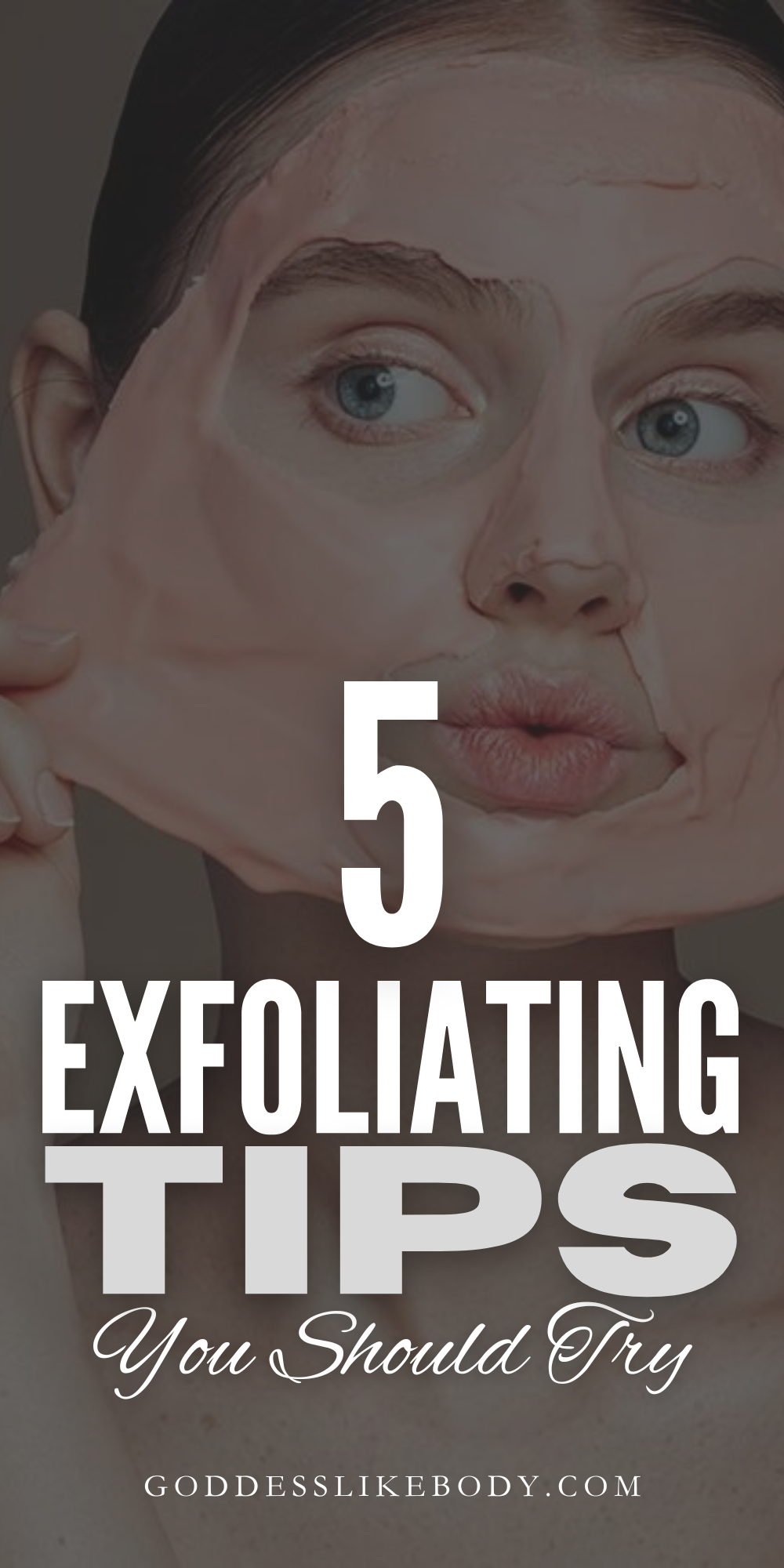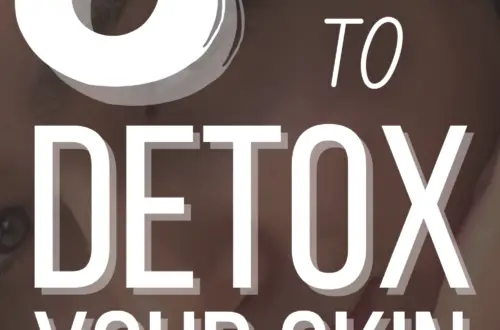How to Create an Anti-Aging Skincare Routine
Taking care of your skin is important to preserve youth and beauty. As we age, our skin undergoes many changes, including loss of elasticity, fine lines, and wrinkles, and decreased overall collagen production.
However, with the right skincare routine, you can effectively combat these signs of aging and achieve a healthy and glowing skin complexion.
This post will guide you through the exact steps of creating an effective anti-aging skincare routine.
Busy? Save this pin for later.

Step 1: Cleanse Your Skin
The first and most important step of any skincare routine is cleansing. Cleansing helps remove dirt, impurities, and excess oil from your skin, allowing other skin care products to penetrate and become absorbed better.
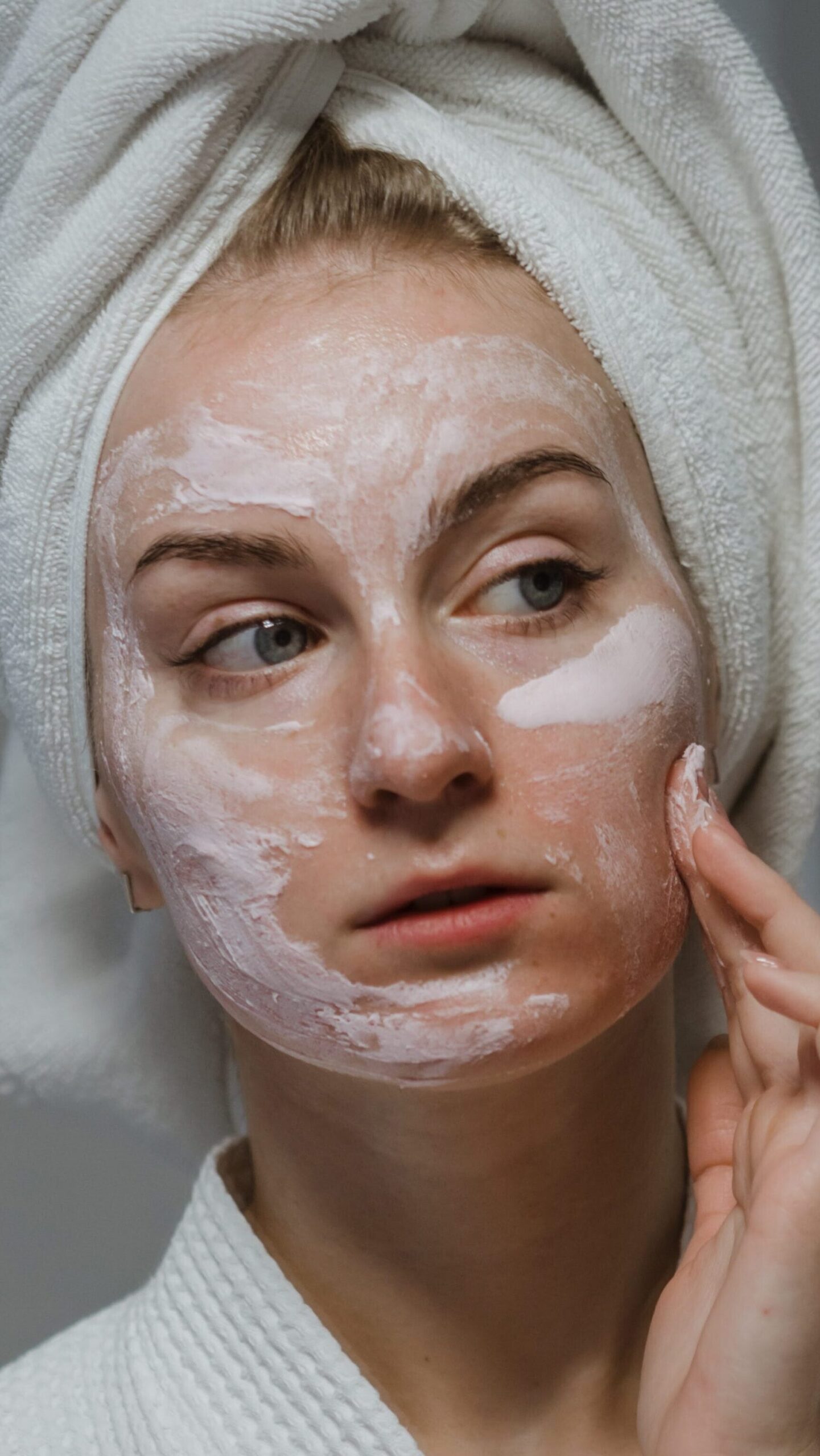
For easy and effective cleansing, choose cleansers that are specifically designed for your unique skin type. Choose a lotion or cleanser for dry or sensitive skin; for oily or acne-prone skin you can use a foaming or gel cleanser.
When cleansing your skin, always use lukewarm water as hot water can strip away the natural oils and moisture away from your skin.
Gently massage the cleanser onto your face and neck using a circular motion, focusing on areas with makeup or buildup. When you’re done rinse thoroughly and pat dry with a clean towel.
Also, try double cleansing to improve your cleaning routine. This is done by first using a cleanser to remove makeup and sunscreen, then using a cleanser to remove any remaining impurities.
Double cleanse to thoroughly cleanse your skin and prepare it for the next step of skincare.
You Might Also Like: How to Naturally Reduce Wrinkles: 7 Effective Methods
Step 2: Exfoliate Regularly
Exfoliating helps cleanse dead skin, open pores and stimulate skin cell renewal, revealing new, younger-looking skin.

Choose exfoliants that contain alpha-hydroxy acids (AHA) or beta-hydroxy acids (BHA) as they are very effective in combating signs of aging.
AHAs like glycolic and lactic acid gently exfoliate the skin’s surface, while BHAs like salicylic acid work deep within the pores to prevent breakouts and provide smooth skin.
However, be cautious not to over-exfoliate, as it can also cause irritation and damage to your skin. Aim to exfoliate 1-2 times a week, depending on your skin’s tolerance.
If you have sensitive skin, use gentler exfoliants or consult with a dermatologist for personalized recommendations.
You can also combine physical exfoliation into your routine. This involves using a scrub or brush to remove dead skin cells manually.
Choose a gentle scrub with fine particles to avoid causing micro-tears in the skin. When using a brush, be sure to use light pressure and gentle circular motions.
Step 3: Apply a Serum
Serums are effective, multi-purpose formulas that target specific skin concerns. When it comes to aging, look for products that contain ingredients like retinol, vitamin C, hyaluronic acid or peptides.
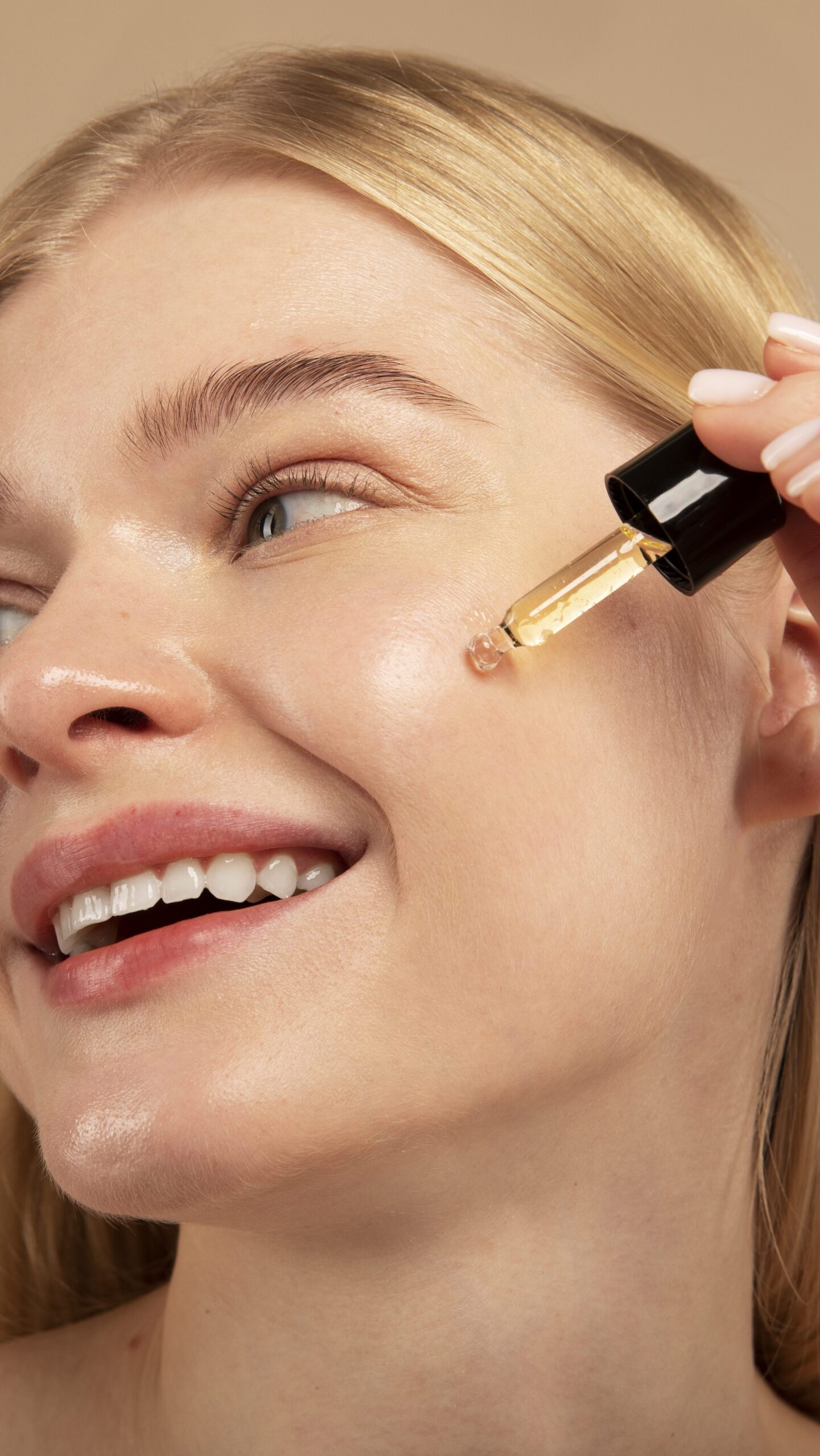
Retinol helps reduce the appearance of wrinkles by stimulating collagen production, while vitamin C brightens the skin and protects it from environmental damage.
Hyaluronic acid provides intense hydration and peptides increase skin firmness and elasticity.
To apply a serum, cleanse your skin thoroughly and pat it dry. Take a few drops of serum onto your fingertips and gently press it into your face and neck.
Start from the center of your face and work your way outwards, using upward motions to promote circulation. Allow the serum to fully absorb before moving on to the next step in your routine.
Step 4: Moisturize Your Skin
Moisturization is a great way to keep your skin moist and soft. Aging skin tends to dry out, so it’s important to choose a moisturizer that provides plenty of hydration.
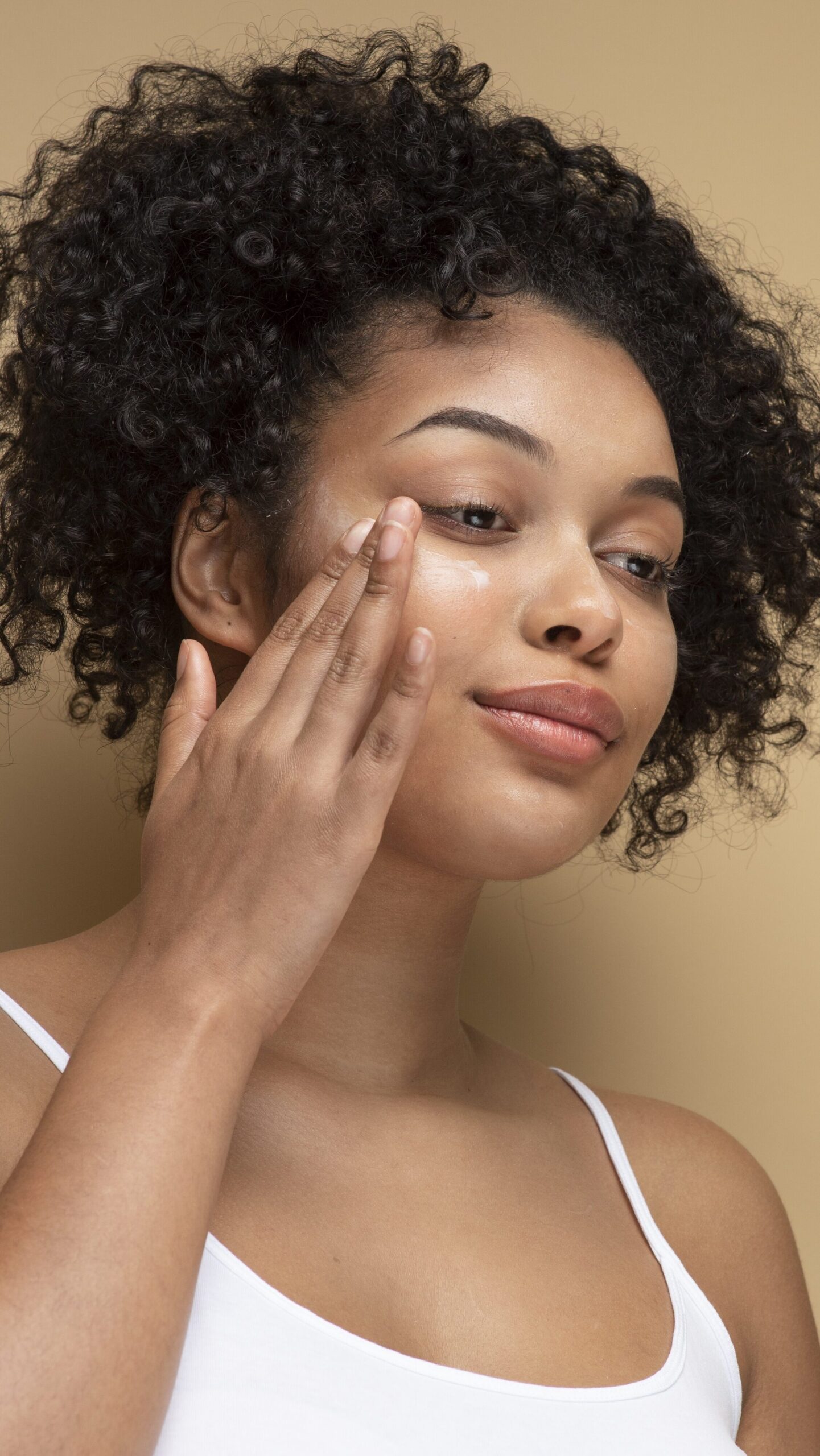
Look for ingredients like hyaluronic acid, glycerin, ceramides, or shea butter. These ingredients help restore and lock moisture into the skin, reducing the appearance of fine lines and wrinkles.
When applying moisturizer, use gentle upward strokes to massage it into your face and neck. Start with a small amount and add more if needed, focusing on areas that tend to be drier or more prone to wrinkles. Allow the moisturizer to absorb before applying makeup or sunscreen.
In addition to your regular moisturizer, consider using a night cream or sleeping mask to provide extra nourishment and hydration while you sleep.
These products are typically richer and more concentrated, helping to repair and rejuvenate your skin overnight.
You Might Also Like: 8 Skincare Secrets for Youthful and Ageless Beauty
Step 5: Protect with Sunscreen
One of the best ways to prevent premature aging and protect your skin is to use sunscreen every day. Exposure to harmful UV rays can cause wrinkles, age spots, and other signs of premature aging.
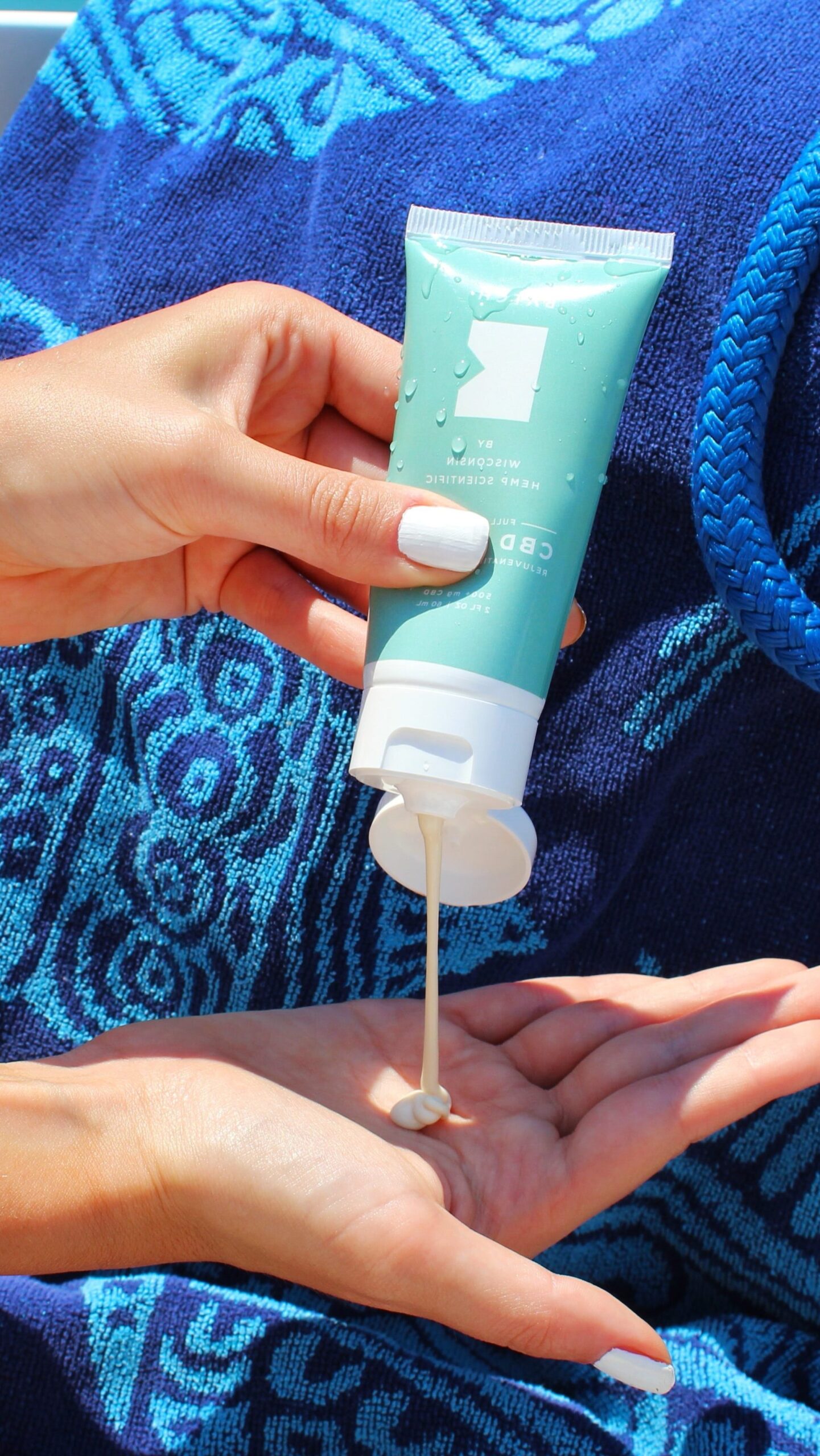
Choose a broad-spectrum sunscreen with an SPF of at least 30 to protect your skin from UVA and UVB rays.
Apply sunscreen generously to your face, neck, and any other sun-exposed areas, even on cloudy days. Be sure to reapply every two hours if you are spending time outdoors or after swimming or sweating.
Consider using a separate sunscreen specifically formulated for the delicate skin around your eyes, as regular sunscreen may irritate.
To make sunscreen application even easier and more convenient, look for moisturizers or makeup products that already contain SPF. This way, you can ensure daily sun protection without adding an extra step to your routine.
Step 6: Eye Care
The delicate skin around the eyes is the cause of signs of aging such as fine lines, wrinkles, and dark circles. Add an eye cream or gel to your skincare routine to address these concerns.
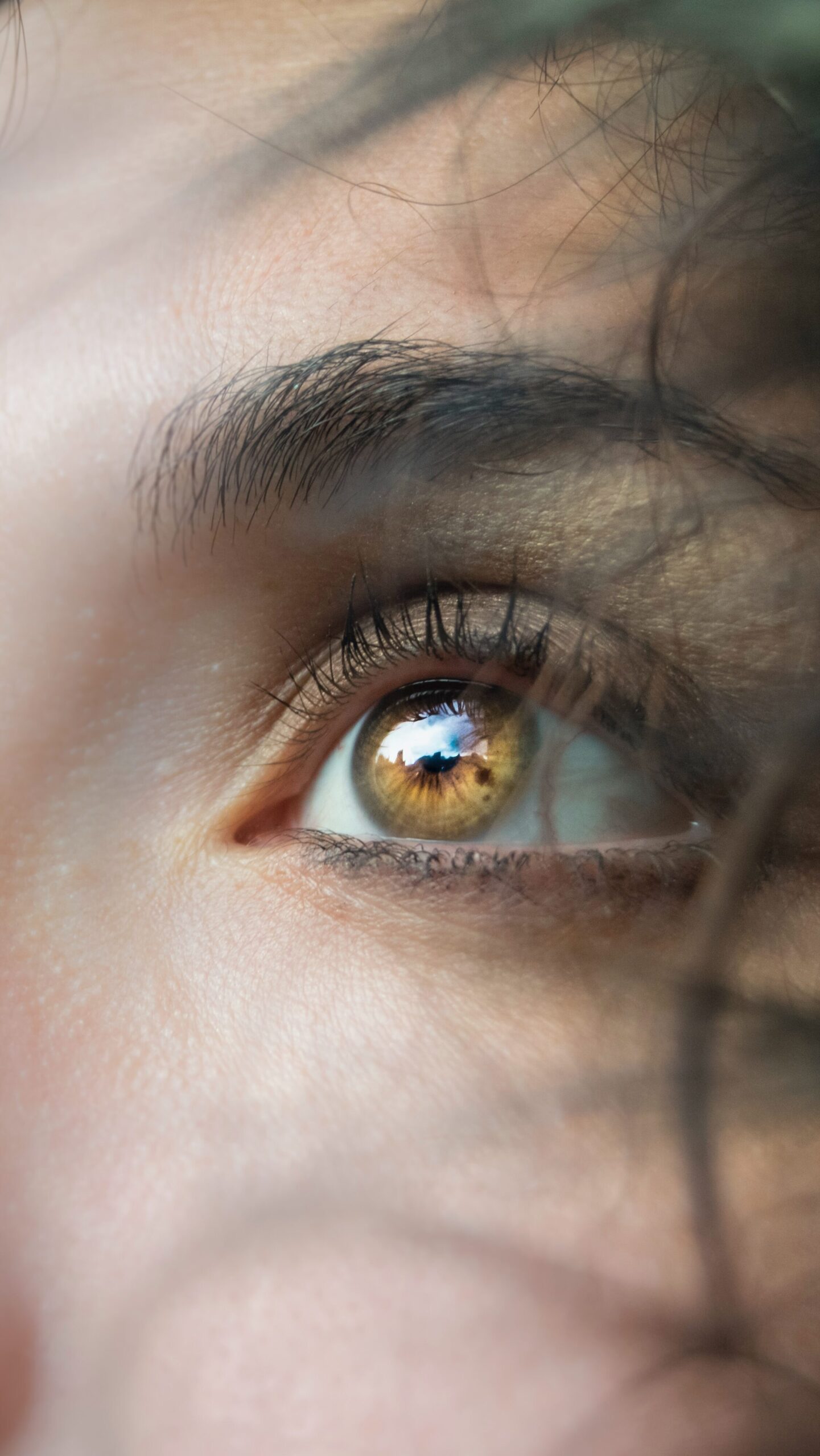
Look for products that contain ingredients like retinol, peptides, caffeine, or vitamin K. These ingredients help reduce puffiness, brighten dark circles, and reduce the appearance of fine lines.
To apply an eye cream or gel, use your ring finger, as it applies the least amount of pressure. Take a small amount of product and gently pat it around the orbital bone, avoiding direct contact with the eyes. Be careful not to tug or pull on the delicate skin, as this can cause further damage.
You can also incorporate other eye care practices into your routine. Consider using a cold compress or chilled eye mask to reduce puffiness and soothe tired eyes.
Getting enough sleep and practicing stress-relief techniques can also help improve the overall appearance of your eyes.
Step 7: Healthy Lifestyle Habits
In addition to regular skin care, a healthy lifestyle can also help maintain the youthfulness of your skin. Make sure you eat healthy foods rich in antioxidants, vitamins, and minerals.

The diet should include plenty of fruits and vegetables, whole grains, lean protein, and healthy fats. These nutrients help support the health of your skin and protect it from damage caused by free radicals.
Staying hydrated is also important to keep your skin healthy. Drink enough water every day to keep your skin hydrated from within.
Do not drink too much alcohol because it can dry out the skin and cause premature aging. Limit sugar and processed foods because they can cause pain and fractures.
Getting enough sleep is essential for your skin’s repair and regeneration process. Aim for 7-9 hours of quality sleep every night to allow your skin to rejuvenate and heal. Sleep on your back to avoid creating creases and lines on your face from pillow friction.
Regular exercise not only benefits your overall health but also improves blood circulation and promotes healthy skin.
Engage in activities that get your heart rate up and increase blood flow to your skin, such as brisk walking, jogging, or cycling. Remember to cleanse your skin thoroughly after exercising to remove sweat and bacteria.
You Might Also Like: The Ultimate Guide to Skin Cleansing: What You Need to Know
FAQ: How to Create an Anti-Aging Skincare Routine
Q1: What is the first step in an anti-aging skincare routine?
A1: The first step is to cleanse your skin using a cleanser specifically formulated for your skin type. Use lukewarm water and gentle circular motions to remove dirt, impurities, and excess oil from your skin.
Q2: How often should I exfoliate my skin in an anti-aging skincare routine?
A2: Aim to exfoliate your skin 1-2 times a week, depending on your skin’s tolerance. Be cautious not to over-exfoliate, as it can cause irritation and damage to your skin.
Choose exfoliants with alpha-hydroxy acids (AHAs) or beta-hydroxy acids (BHAs) to promote cell turnover and reveal fresher, younger-looking skin.
Q3: What ingredients should I look for in an anti-aging serum?
A3: Look for serums that contain ingredients like retinol, vitamin C, hyaluronic acid, or peptides. Retinol stimulates collagen production, vitamin C brightens the complexion, hyaluronic acid provides intense hydration, and peptides promote skin firmness and elasticity.
Q4: Why is sunscreen important in an anti-aging skincare routine?
A4: Sunscreen is important because it helps prevent premature aging and protects your skin from harmful UV rays.
